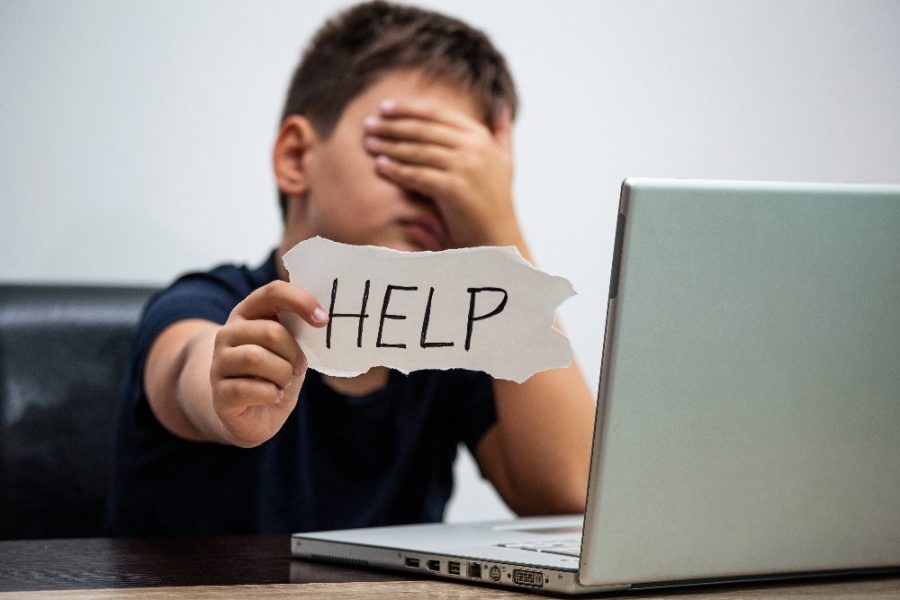How cyber bullying still affects teens
April 23, 2021
Is Cyber Bullying being overlooked due to COVID-19?
With the increase in online learning due to COVID-19, many are concerned about the effects of cyber bullying. SVHS has always had ways to protect people from bullying, such as the SAP program, but what can be done about students participating in remote learning?
Due to COVID-19, there has been a bigger increase in internet and social media usage for teenagers in school. But oddly enough, some say they have been hearing less about cyber bullying since the start of the pandemic. “I haven’t heard much about bullying in general since the start of COVID-19, which is a bit odd,” stated junior Ethan Grim.
This could be seen as either a positive or a negative. “Considering that I used to know people who were bullied before COVID-19, and now after I haven’t heard much, it could mean something. We finally could be taking a step in the right direction,” stated junior AJ Sipos
Data shows that around 73% of students have been bullied in their lifetime. Recent studies from verywellfamily show there has indeed been a 70% increase in bullying, and a 40% increase in toxicity on games.
Some students say there is a bit of toxicity with the usage of the yolo app, an app for sending anonymous messaging to people. Some say it is a “sneaky way for students to tell the truth.”
“yolo is supposed to be a way for anyone to say anything nice to someone else, but occasionally this power is abused to the extent where the yolo creator ignores it,” commented freshman Amanda Nuss.
Although national data supports major increases in bullying, students from SVHS say there has been a potential decrease in bullying rates since the beginning of COVID-19.


